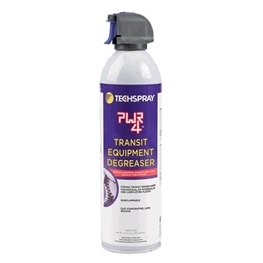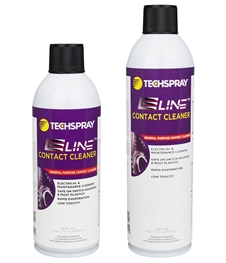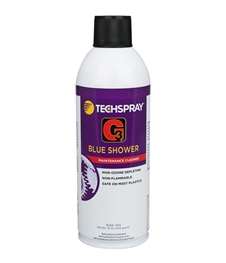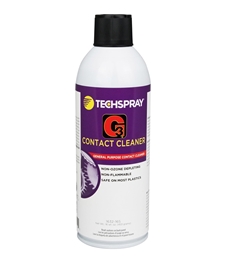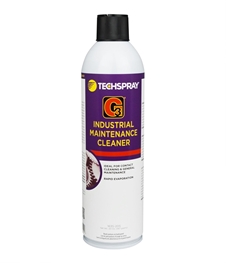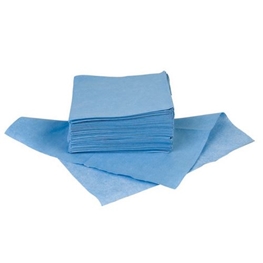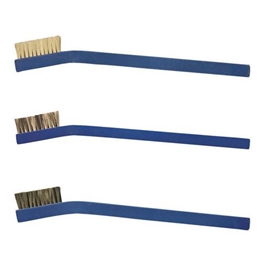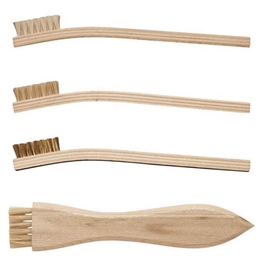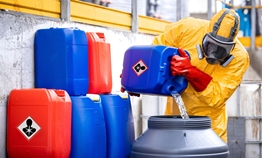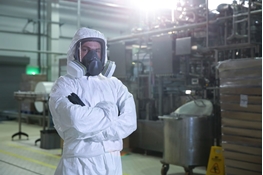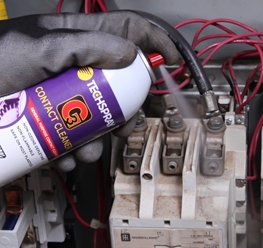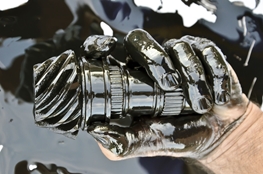Safe, Effective Cleaners & Cleaning Tools for Train & Bus Maintenance
Nobody knows better than Techspray the challenges of cleaning trains, signal devices, control panels and anything else that gets covered with grease and dirt. Our contact cleaners are widely used in some of the largest subway systems in the US to help keep the trains running on time.
Techspray offers a variety of solvents, industrial degreasers, and water-based cleaners that allow you to match the right products for your cleaning needs. Maintenance cleaners clean oil and contaminants off of metal parts, printed circuit boards, barcode instruments, switch boxes, gear boxes, and engines.
Our contact cleaners remove oxidation, oil, and other contaminants from contacts, metal switches, motors, relays, generators, edge connectors, buss bars, circuit breakers, scales, and sensors.
Techspray's PWR4 Transit Equipment Degreaser is a single-purpose transit degreaser, with strong removal ability of an oxidized hydraulic fluid, carbonized oils and fuels, lubricating oils and greases, and other organic residues. It is fast evaporating, quick penetrating, and ideal for cleaning heavily soiled parts.
Applied Filters
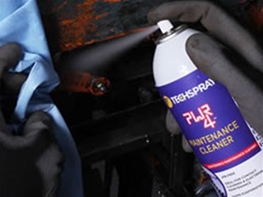
FAQ's
Every organization using hazardous chemicals within their facility has the responsibility to equip their facility and personnel to maintain exposure levels below the TLV. Personal monitoring badges can be used to measure exposure of a specific material. Then, depending on the threshold limit and the application, exposure can be controlled with PPE like masks, face shields, respirators, and even coveralls. If they don’t reduce exposure below the recommended limit, you will need to consider a special ventilation hood or even containment booth. As you can see, as the exposure limit gets down to a certain level, the equipment required to safely use the solvent can get impractical. At that point, your best option is to consider a safer alternative.
A degreaser is intended to clean a surface, so remove contamination. A degreaser is designed specifically to remove oils, greases, and lubricants. Sanitizers are intended to kill various pathogenic agents, like bacteria and viruses. There are materials that can do both, like 70% isopropyl alcohol (per CDC guidelines for hard surface disinfecting), but don’t assume all degreasers will kill pathogens.



